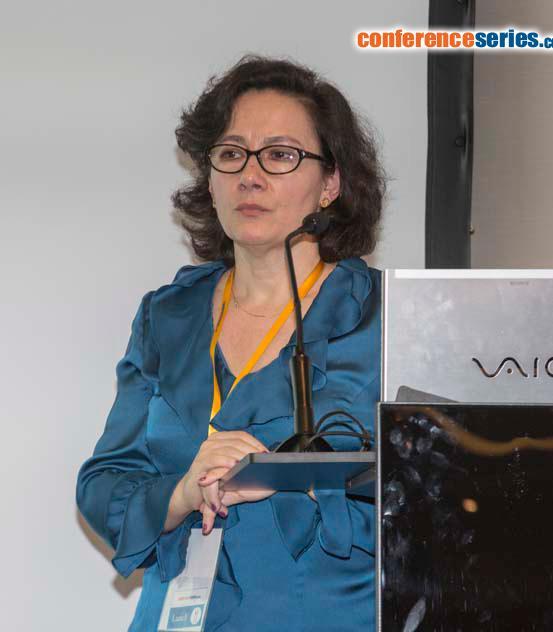
Lenita Moura Stefani
Universidade do Estado de Santa Catarina, Brazil
Title: Differences on the expression of gene invA from salmonella heidelberg isolated from the field and poultry carcasses
Biography
Biography: Lenita Moura Stefani
Abstract
Studies on gene expression have been used in many microorganisms, and quantitative PCR (qPCR) is an important tool. The invA gene is a marker for virulence of Salmonella spp. and its expression is related to bacterial invasiveness, that could result in severe disease. Thus, the aim of this study was to investigate differences in the expression of this gene in isolates of S. Heidelberg (SH) of avian origin through the qPCR technique. This study was conducted at the University of the State of Santa Catarina (UDESC), Chapecó city, Southern Brazil. SH samples (n=18) were isolated from Paraná State, Southern Brazil, being 7 from the slaughterhouses (carcasses) and 11 from the field (drag swabs). Bacterial RNA was extracted using the PureLink® RNA Mini Kit (Ambion, Life Technologies, Carlsbad, USA) with subsequent quantification by Qubit® 2.0 Fluorometer (Invitrogen Life Technologies, Carlsbad, USA). The resulting RNA was treated with the enzyme deoxyribonuclease I Amplification Grade (Invitrogen Life Technologies, Carlsbad). cDNA was synthesized using the Reverse Transcriptase kit with high capacity cDNA (Applied Biosystems, Foster, USA). The cDNA was treated with the enzyme inhibitor RNaseOUT Recombinant Ribonuclease ™ (Invitrogen Life Technologies, Carlsbad, USA). The analysis of invA expression was performed using primers previously described by Rahn et al., 1992. As a reference gene, 16S rRNA gene was used (Botteldoom et al., 2006). For qPCR reactions, the kit SYBR Green PCR Master Mix (Applied Biosystems, Carlsbad, USA) was used. Amplification conditions for invA and 16SRNAr genes were obtained as described by Mustafa and Singh (2013). For both genes, after 40 cycles of amplification, all samples were subjected to analysis of the dissociation curve (melting curve). Each sample was done in duplicate in specific qPCR optical plates to 96 well thermal cycler in real time CFX96 (Bio-Rad). Amplification results were analyzed using the Bio-Rad CFX Manager software. For gene 16SRNAr a straight line was obtained with a correlation coefficient (R2) of 0.995 and reaction efficiency (E) of 80.2%. As for the invA gene the value of R2 was 0.990 and the E value was 83.1 %. All isolates of SH expressed the invA gene. However, the amount of protein expression varied among isolates, where samples from the field had, on average, 2.53 times higher expression compared to those isolated from carcasses. Since invA is related to the capacity of Salmonella to cause disease in many hosts, further studies are needed to evaluate the importance of a greater expression of invA and the onset of disease and its degree of severity.





